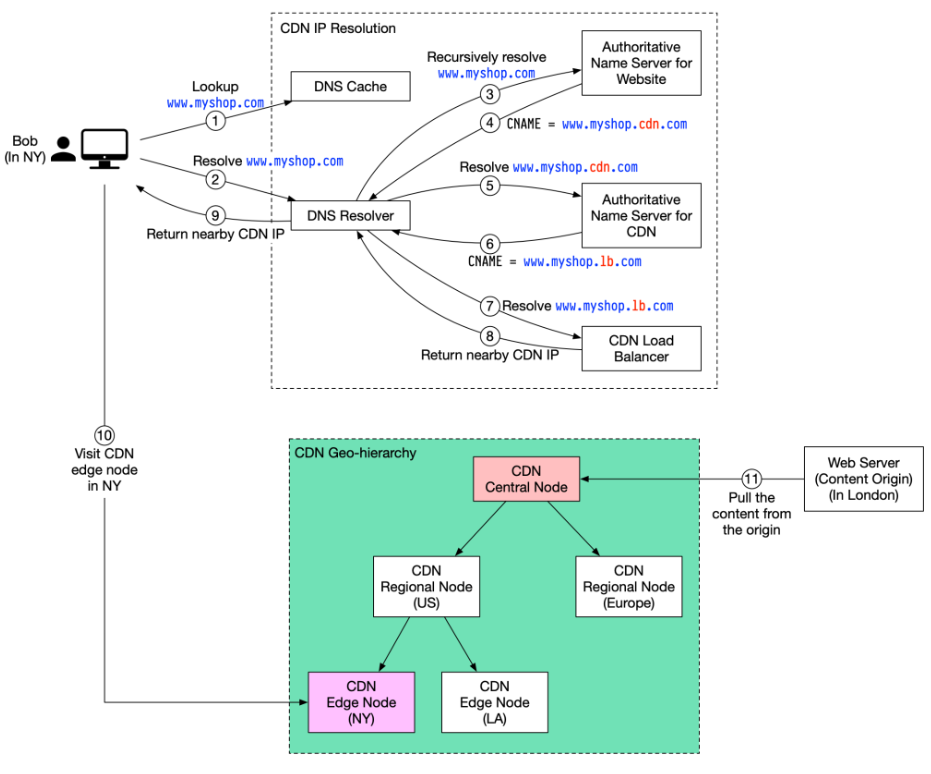What is CDN

Preface
In today’s digital landscape, speed and accessibility are key factors to the success of any website or online platform. One of the ways to increase website speed and user experience is by using a CDN, or Content Delivery Network. In this blog post, we will explore what a CDN is and the benefits it offers to website owners and users alike.
What is a CDN?
A CDN is a network of servers located in different parts of the world that work together to deliver content to users. When a user requests content from a website, the request is routed to the nearest server in the CDN, which then delivers the content to the user. This process helps to minimize latency and reduce the time it takes for content to load on a website.
Introduction
A CDN (Content Delivery Network) is a network of servers that are distributed in multiple locations around the world. Its main purpose is to serve content to end-users with high availability and high performance. The idea behind a CDN is to bring content closer to the user, reducing the latency and improving the user experience.
CDN works by caching the content (such as images, videos, and HTML pages) on multiple servers, located at various points of presence (PoPs) around the world. When a user requests content, the CDN routes the request to the nearest server, which delivers the cached content to the user. This reduces the time it takes to deliver the content, improving the response time and the overall performance.
There are many benefits of using a CDN, including:
- Improved User Experience: CDN speeds up the delivery of content, resulting in faster page load times, reducing latency and improving the overall user experience.
- Increased Scalability: CDN can handle large amounts of traffic, reducing the load on the origin server and allowing for better scalability during periods of high traffic.
- Improved Security: CDN provides a layer of security for the origin server by filtering out malicious traffic, mitigating DDoS attacks and protecting the origin server from unwanted access.
- Global Reach: CDN can deliver content to users from anywhere in the world, improving the availability and performance of the content for global audiences.
- Cost Effective: CDN eliminates the need for expensive hardware and software investments, reducing the cost of delivering high-quality content to end-users.
In conclusion, a CDN is a crucial component in delivering high-quality content to users. By improving the performance, security, scalability, and availability of content, CDN helps organizations deliver a better user experience, while reducing costs and increasing efficiency.
Reference
https://www.akamai.com/glossary/what-is-a-cdnhttps://aws.amazon.com/what-is/cdn/https://www.cloudflare.com/learning/cdn/what-is-a-cdn/https://www.imperva.com/learn/performance/what-is-cdn-how-it-works/